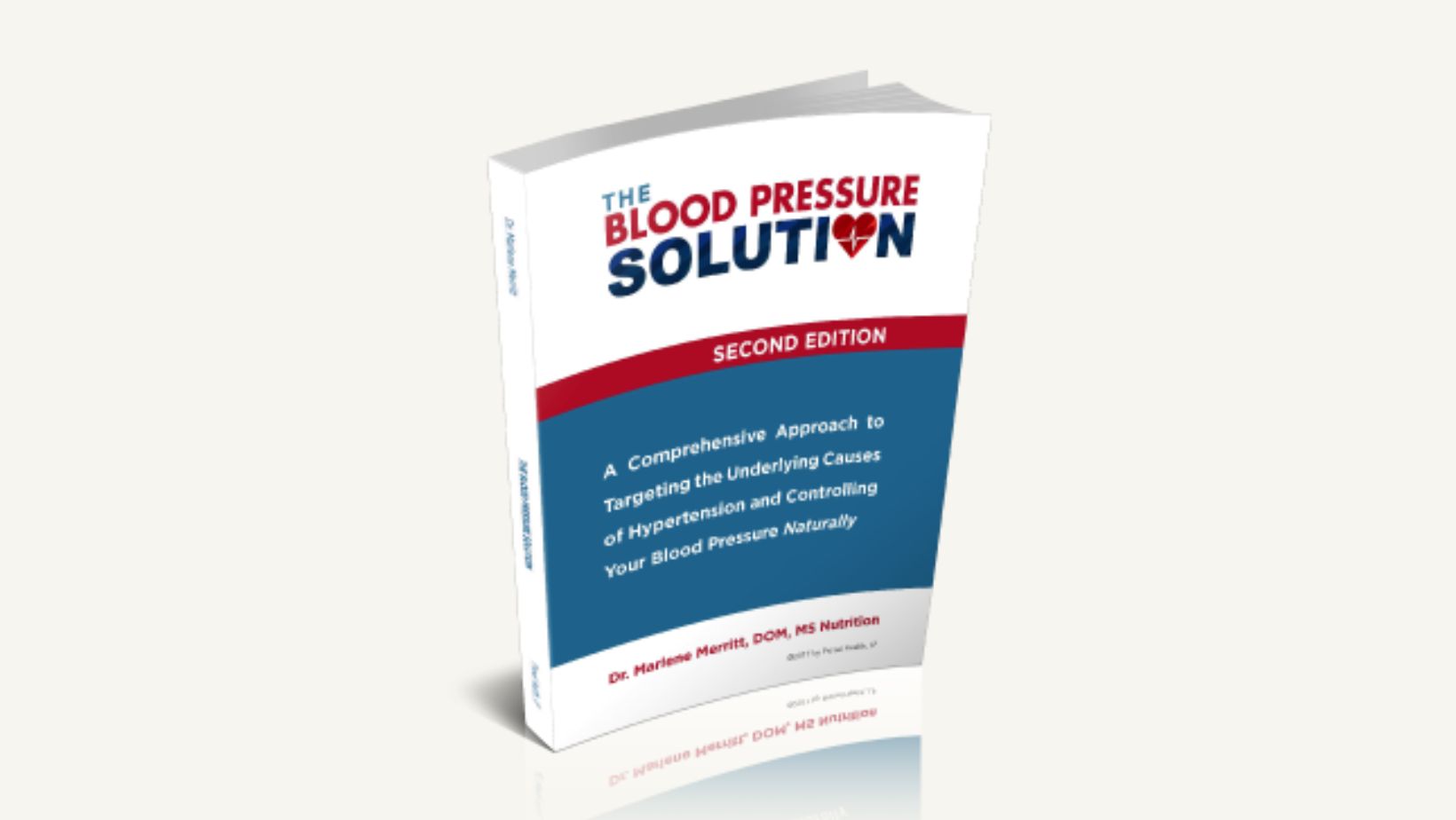A strong digestive system is the cornerstone of good health. It ensures that your body efficiently processes the food you consume, absorbs essential nutrients, and eliminates waste effectively. Digestive issues can lead to discomfort, bloating, and a range of health problems. Yoga, an ancient practice originating in India, offers a holistic approach to maintaining digestive health. By combining physical postures, breathing techniques, and mindful practices, yoga can help alleviate digestive issues and promote a healthy gut. In this article, we will explore various yoga poses and techniques that can contribute to a robust and efficient digestive system.
The Link Between Yoga and Digestive Health

Before delving into specific yoga poses and techniques, it’s crucial to understand the profound connection between yoga and digestive health. Yoga promotes digestion in several ways:
1. Stress Reduction: Chronic stress is a significant contributor to digestive problems. Yoga’s relaxation techniques, such as deep breathing and meditation, help lower stress levels, which can significantly improve digestive function.
2. Stimulation of Internal Organs: Many yoga poses involve twists, stretches, and compressions that stimulate the abdominal organs. These movements enhance blood circulation and promote healthy organ function.
3. Improved Blood Circulation: Yoga enhances blood flow throughout the body, including the digestive organs. This increased circulation supports better nutrient absorption and overall digestive efficiency.
4. Mindful Eating: The mindfulness cultivated through yoga can extend to eating habits. Being present during meals, chewing food thoroughly, and savoring each bite can lead to better digestion and nutrient absorption.
Yoga Poses for Digestive Health
Let’s explore some yoga poses that specifically target digestive health. Incorporating these poses into your yoga routine can help alleviate common digestive issues and promote a strong gut:
1. Pavanamuktasana (Wind-Relieving Pose)

How to Do It: Lie on your back and bring one knee toward your chest. Hug it with both hands, keeping the other leg extended. Hold for a few breaths and switch sides. Pavanamuktasana helps alleviate bloating and gas by gently massaging the abdominal organs and releasing trapped air.
2. Paschimottanasana (Seated Forward Bend)

How to Do It: Sit with your legs extended in front of you, then hinge at the hips to reach forward toward your toes. Hold your feet, shins, or ankles, keeping your spine long. Paschimottanasana stretches the entire back and massages the abdominal organs, stimulating digestion and relieving constipation.
3. Ardha Matsyendrasana (Half Lord of the Fishes Pose)

How to Do It: Sit with your legs extended, bend one knee, and cross it over the other leg, placing the foot flat on the floor. Twist your upper body in the opposite direction, using your arm as support. This seated twist improves digestion by massaging the abdominal organs and increasing blood flow to the digestive tract.
4. Balasana (Child's Pose)

How to Do It: Kneel and sit back on your heels, then fold your upper body forward, extending your arms in front or alongside your body. Balasana is a resting pose that can help calm the mind and alleviate stress, which is often associated with digestive issues.
5. Vajrasana (Thunderbolt Pose)

How to Do It: Kneel with your knees together and sit back on your heels. Keep your spine straight and place your hands on your thighs. Vajrasana is known for aiding digestion and improving posture, which can impact digestive health positively. It is also often practiced after meals in some cultures to aid digestion.
6. Trikonasana (Triangle Pose)

How to Do It: Stand with your feet wide apart, extend your arms out to the sides, and reach one hand down toward your ankle while keeping the other arm extended upward. Your gaze can be directed toward the raised hand or the floor. Trikonasana stretches the abdominal muscles, improves digestion, and enhances the flexibility of the spine.
7. Bhujangasana (Cobra Pose)

- How to Do It: Lie on your stomach with your palms under your shoulders. Inhale as you lift your chest off the ground while keeping your lower body on the floor. Hold the pose for a few breaths and exhale as you lower back down. Bhujangasana stimulates the abdominal organs and can help alleviate constipation and indigestion.
8. Dhanurasana (Bow Pose)

- How to Do It: Lie on your stomach, bend your knees, and reach your arms back to hold your ankles. Inhale as you lift your chest and thighs off the ground, creating a bow-like shape with your body. Dhanurasana strengthens the abdominal muscles, massages the digestive organs, and aids in digestion.
Pranayama for Digestive Health
In addition to yoga poses, pranayama, or yogic breathing exercises, can significantly impact digestive health by reducing stress and promoting better oxygenation of the body. Here are some pranayama techniques to incorporate into your routine:
1. Deep Diaphragmatic Breathing (Dirga Pranayama)
- How to Do It: Sit or lie down in a comfortable position. Place one hand on your chest and the other on your abdomen. Inhale deeply through your nose, allowing your abdomen to rise as you fill your lungs. Exhale slowly and completely through your mouth. This technique calms the nervous system, reduces stress, and aids digestion by promoting relaxation.
2. Kapalabhati Pranayama (Skull-Shining Breath)
- How to Do It: Sit with your spine straight and your hands resting on your knees. Take a deep breath in, then forcefully exhale by contracting your abdominal muscles. The inhalation should be passive and natural. Start with a slow pace and gradually increase the speed. Kapalabhati pranayama oxygenates the body, improves digestion, and enhances the functioning of the digestive organs.
3. Nadi Shodhana (Alternate Nostril Breathing)
- How to Do It: Sit comfortably with your spine straight. Use your right thumb to close your right nostril and inhale deeply through your left nostril. Close your left nostril with your right ring finger and exhale through your right nostril. Inhale through your right nostril, close it, and exhale through your left nostril. Continue this alternate pattern. Nadi Shodhana balances the nervous system, reduces stress, and supports overall digestive health.
Mindful Eating and Yoga
Mindful eating is an integral part of maintaining digestive health and can be considered a form of yoga off the mat. When you practice mindful eating, you pay close attention to what you’re eating, how it tastes, and how it makes you feel. Here are some tips for incorporating mindfulness into your meals:
- Eat Without Distractions: Avoid eating in front of the TV or computer. Instead, sit at a table and savor your meal without distractions.
- Chew Thoroughly: Take the time to chew your food thoroughly. This aids in digestion and allows your body to absorb nutrients more effectively.
- Savor Each Bite: Pay attention to the flavors, textures, and aromas of your food. Appreciate each bite as you eat.
- Eat Slowly: Slow down your eating pace. Put your fork down between bites, and take breaks to breathe deeply and relax.
- Listen to Your Body: Pay attention to your body’s hunger and fullness cues. Stop eating when you’re satisfied, not when you’re overly full.
- Express Gratitude: Before your meal, take a moment to express gratitude for the food and the nourishment it provides.
- Hydrate Mindfully: Avoid drinking too much liquid during meals, as it can dilute digestive juices. Sip water slowly if needed.
Conclusion
A strong digestive system is essential for overall health and vitality. By incorporating yoga poses, pranayama techniques, and mindful eating practices into your daily life, you can support your digestive health and reduce the risk of common digestive issues such as bloating, constipation, and indigestion. Additionally, the stress-reducing benefits of yoga and mindfulness can positively impact your overall well-being, as stress is a common contributor to digestive problems. Remember that consistency is key, and regular practice will yield the most significant benefits. With dedication and patience, you can cultivate a strong digestive system and enjoy a healthier, more vibrant life.








